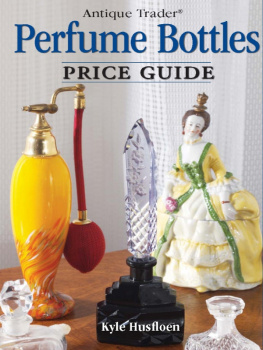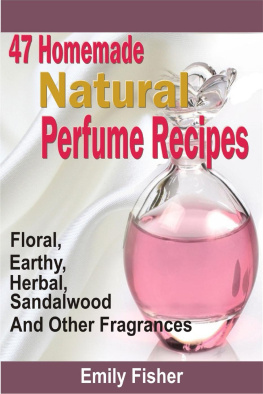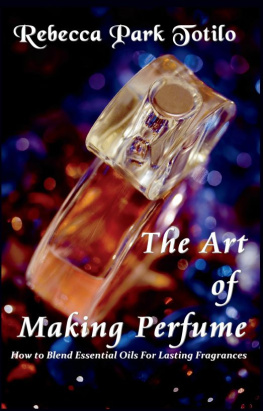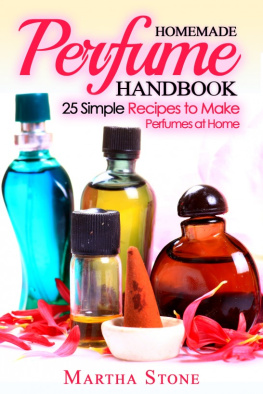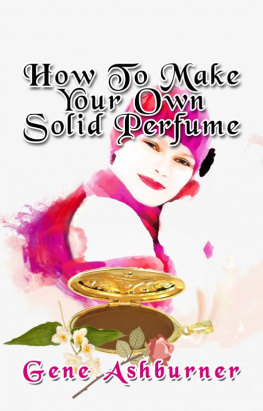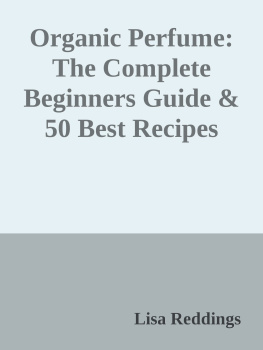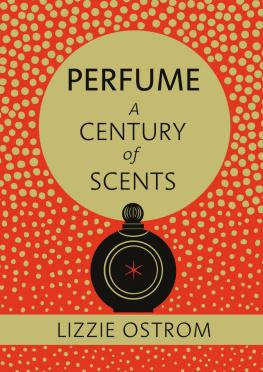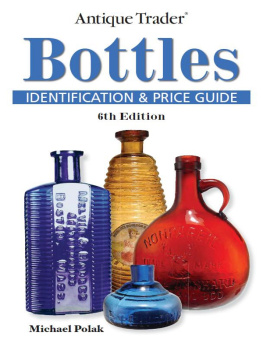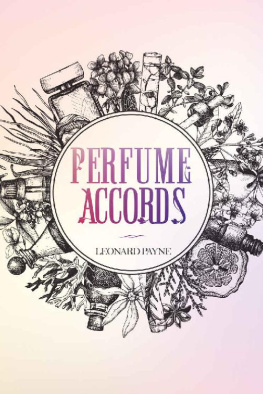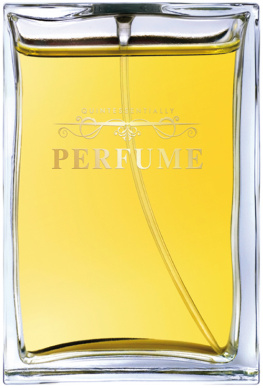Antique Trader
Perfume Bottles
PRICE GUIDE
Editor
Kyle Husfloen
Contributing Editor
Penny Dolnick
2008 by Krause Publications
Published by

700 East State Street lola, WI 54990-0001
715-445-2214 888-457-2873
www.krausebooks.com
Our toll-free number to place an order or obtain
a free catalog is (800) 258-0929.
All rights reserved. No portion of this publication may be reproduced or transmitted in any form or by any means, electronic or mechanical, including photocopy, recording, or any information storage and retrieval system, without permission in writing from the publisher, except by a reviewer who may quote brief passages in a critical article or review to be printed in a magazine or newspaper, or electronically transmitted on radio, television, or the Internet.
Library of Congress Control Number: 2008929066
ISBN-13: 978-0-89689-671-0
ISBN-10: 0-89689-671-4
eISBN: 978-1-4402-1914-6
Designed by Wendy
Wendt Edited by Kyle Husfloen
Printed in China
TABLE OF CONTENTS
Listings:
INTRODUCTION
Although the human sense of smell isnt nearly as acute as that of many other mammals, we have long been affected by the odors in the world around us. Pleasant fragrances make us feel good; bad smells usually signal danger or something repulsive.This new Antique TraderPerfume Bottles Price Guide will concentrate only on the good aromas.
No one knows for certain when humans first rubbed themselves with some plant or herb to improve their appeal to other humans, usually of the opposite sex. However, it is clear that the use of unguents and scented materials was widely practiced as far back as Ancient Egypt. Some of the first objects made of glass, in fact, were small cast vials used for storing such mixtures. By the age of the Roman Empire, scented waters and other mixtures were even more important and were widely available in small glass flasks or bottles. Since that time glass has been the material of choice for storing scented concoctions, and during the past 200 years some of the most exquisite glass objects produced were designed for that purpose.
As you will learn as you read through this book, it wasnt until around the middle of the 19th century that specialized bottles and vials were produced to hold commercially manufactured scents. Some such aromatic mixtures were worn on special occasions, while many others were splashed on to help mask body odor. For centuries it had been common practice for sophisticated people to carry on their person a scented pouch or similar accoutrement, since daily bathing was unheard of and laundering methods were pretty primitive.
I have learned a great deal about the world of perfume and perfume bottles while editing this volume. Its fascinating to realize that commercially produced and brand name perfumes and colognes have really only been common since the late 19th and early 20th centuries. The French started the ball rolling during the first half of the 19th century when DOrsay and Guerlain began producing special scents. The first American entrepreneur to step into this field was Richard Hudnut, whose firm was established in 1880. During the second half of the 19th century most scents carried simple labels and sold in simple, fairly generic glass bottles. Only in the early 20th century did parfumeurs introduce specially designed labels and bottles to hold their most popular perfumes. Coty, founded in 1904, was one of the first to do this, and they turned to Rene Lalique for a special bottle design around 1908. Other French firms, such as Bourjois (1903), Caron (1903) and DOrsay (1904) were soon following this trend.
Our contributing editor, Penny Dolnick, has done a masterful job of bringing the vast history of perfume and perfume bottles together in this guide. In addition to her historical study, she also was responsible for obtaining a large majority of our nearly 1,200 price listings highlighted by over 950 color photographs. The full range of perfume and scent containers is covered here, including a few ancient examples as well as the fine art glass containers of the late 19th and early 20th century right through to more modern dime store bottles.There are hundreds and hundreds of collectors of perfume bottles all over the world, and our Antique Trader PerfumeBottles Price Guide provides something of interest to all of them. Even those who are not serious collectors will enjoy reading about how the world of perfumes has grown and changed over the years.We may even stir pleasant memories of a scent worn by someones mother or grandmother. Science has shown that scents or smells can directly affect our mood or behavior. Reading through the following pages will certainly help everyone understand how this secret science has evolved over the millennia to become the big business that it is today.
Heres hoping the Antique Trader Perfume Bottles Price Guide will stimulate ALL your senses.
Kyle Husfloen, Editor
Please note: Although our descriptions, prices and illustrations have been double-checked to ensure accuracy, neither the editors, publisher nor contributors can assume responsibility for any losses that might be incurred as a result of consulting this guide, or of typographical or other errors.
On The Cover: Far back, left to right : A Czechoslovakian atomizer in orange and swirled red, white and orange, replacement cord and bulb, ca. 1920s-30s, 7 h., $200-250 ; German porcelain figural perfume bottle and powder box, a lady in 18th century dress, ca. 1930s, 7 h., $525 . Middle row, left to right : Czechoslovakian clear cut glass pyramidal perfume bottle w/a tall flat blue glass stopper with the intaglio figure of a troubadour, ca. 1920s-30s, 5 h., $240-275 ; Czechoslovakian cut black glass stepped perfume bottle with a tall pointed cut lilac stopper, original Irice Made in Czechoslovakia paper label, ca. 1920s-30s, $300-350 ; Lalique clear glass flattened bottle with a diamond point design and glass stopper, designed for Capricci by Nina Ricci, $100 ; Front row, left to right: Baccarat limited edition clear turtle-shaped bottle designed for Champs Elysees by Guerlain, ca. 1904, 4 h., $800-1,250 ; clear cut glass cornucopia-shaped perfume with facetcut stopper, attributed to Czechoslovakia, ca. 1910, 4 l., $200 .
PERFUME BOTTLE COLLECTING
By Penny Dolnick
People collect two kinds of perfume bottlesdecorative and commercial. Decorative bottles include any bottles sold empty and meant to be filled with your choice of scent. Until about a hundred years ago, it was usual for a woman to bring her bottle to her favorite apothecary to be filled with her chosen fragrance. Commercial bottles are any that were sold filled with scent and usually have the label of a perfume company. Since there are so many thousands of different perfume bottles, most collectors specialize in some subcategory. Specialize is my number one piece of advice!
Popular specialties among decorative perfume bottle collectors include ancient Roman or Egyptian bottles, cut glass bottles with or without gold or sterling silver trim or overlay, bottles by famous glassmakers such as Moser, Steuben, Webb, Lalique, Galle, Daum, Baccarat, Saint Louis, figural porcelain bottles from the 18th and 19th century or from Germany in the 1920s and 30s, perfume lamps (with wells to fill with scent), perfume burners, laydown and double-ended scent bottles, chatelaines, atomizer bottles, pressed or molded Early American glass bottles, matched dresser sets of bottles, or hand-cut Czechoslovakian bottles from the early 20th century.
Next page
